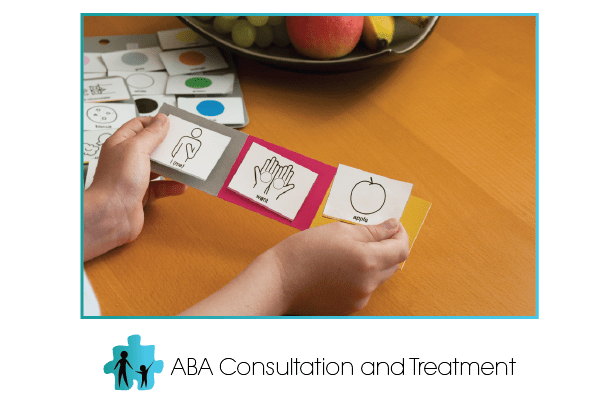In-home ABA (Applied Behavior Analysis) services allow skills to be targeted in their most natural environment-home. This unique and highly personalized approach uses items and circumstances that a child with autism comes into contact with on a daily basis. Each client has individual needs and because of this in-home ABA therapy sessions, look different depending on the child’s goals.
Initial In-Home Consultation
Delivering in-home ABA services is not unlike center-based therapy sessions because the goal is the same: to develop a treatment and behavior plan with measurable outcomes.
In-home services begin with a Board Certified Behavior Analyst (BCBA) performing a detailed assessment. BCBA’s use evidence-based assessments such as the VB-MAPP, ABLLS-R, AFLS, EFLS, and PEAK. That is combined with interviews, and direct observations to determine the client’s current skill levels. Additionally, the therapist consults closely with the child’s parents to learn about any of their concerns or observations. The result is goals established for the in-home therapy sessions which take into the consideration the treatment methods that are unique to this type of environment.
Goals of In-Home Therapy
Once a treatment plan is created and shared with the parents the BCBA and/or a behavior therapist begins coming to the home to work with the client. A few of the skills addressed during in-home ABA therapy are receptive and expressive language competencies as well as motor, pre-academic, play and self-help (i.e. toilet training, eating, and self-care) skills. During this time an individualized behavior plan will be used to address decreasing maladaptive or problem behaviors.
Advantages of In-Home therapy
Few therapists would disagree that in-home therapy provides the ultimate setting for teaching children the essential daily-living skills. It allows the ABA specialist to apply these lessons in the environment where the behavior will take place. In essence, ABA therapies will be best understood by the child in the environment where they will be applied: at home.
Yet they are not the only student, parents have a unique and greater opportunity to learn ABA interventions, thereby increasing the likelihood the child will maintain the desired behavior. Additionally, research has shown that parental teaching at home increases a young client’s verbalizations, spontaneous speech and social interactions just to name a few.
Structure of In-Home Therapy
The framework of in-home ABA therapy will depend on the goals being addressed and the child’s needs. Some sessions are structured as a mix of work and play time. By comparison, other sessions are designed as strictly a play period with particular goals weaved into that fun.
While the structure may vary per household, the goal of in-home ABA therapy sessions stays the same. Most importantly it is there to build a therapeutic relationship with the client. Secondly, it is designed to utilize evidence-based procedures to teach skills that are missing and decrease maladaptive behaviors. And thirdly, it is intended to support parents and caregivers to help build their toolbox of skills, so that the learning does not stop when the BCBA therapist leaves.



